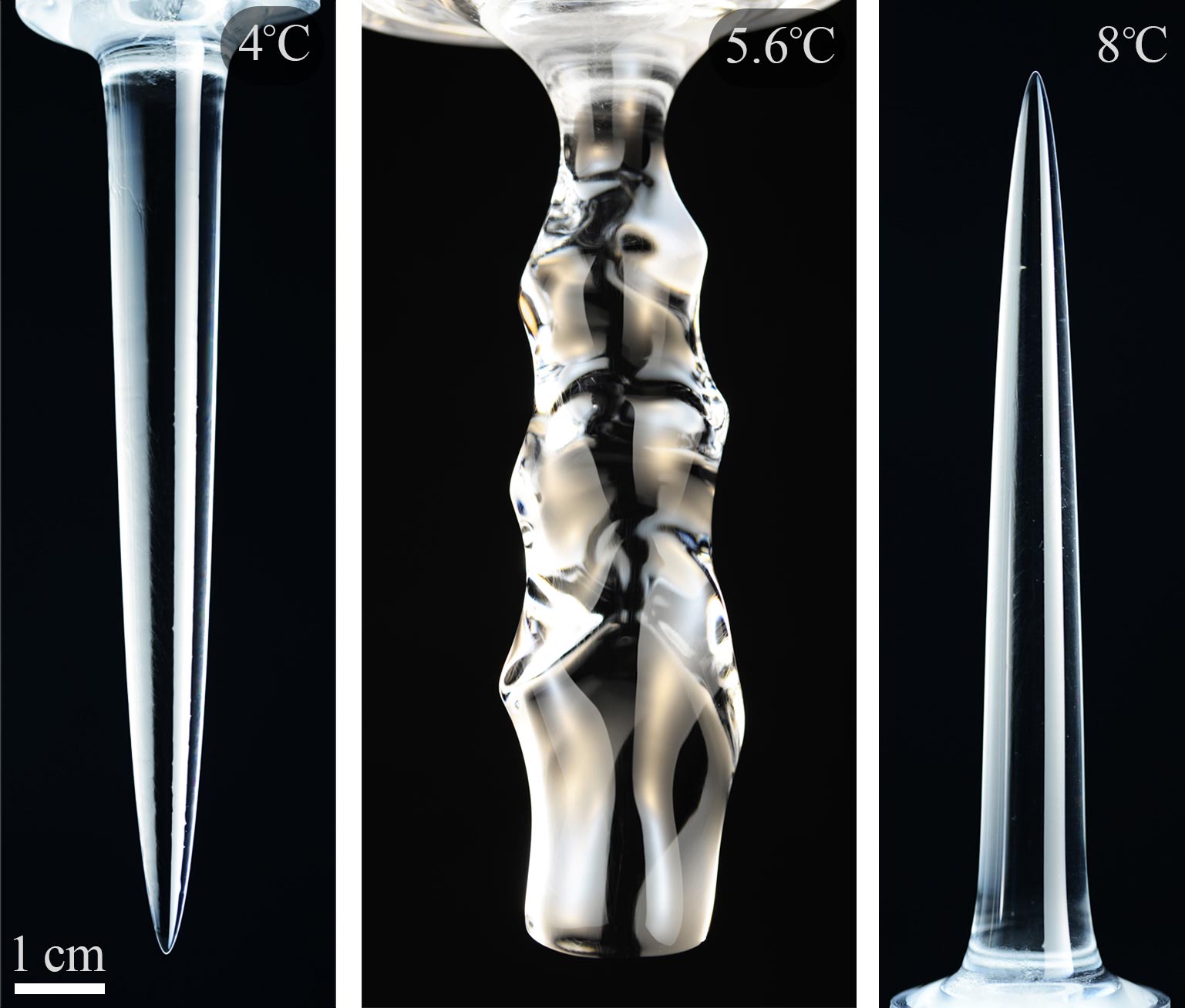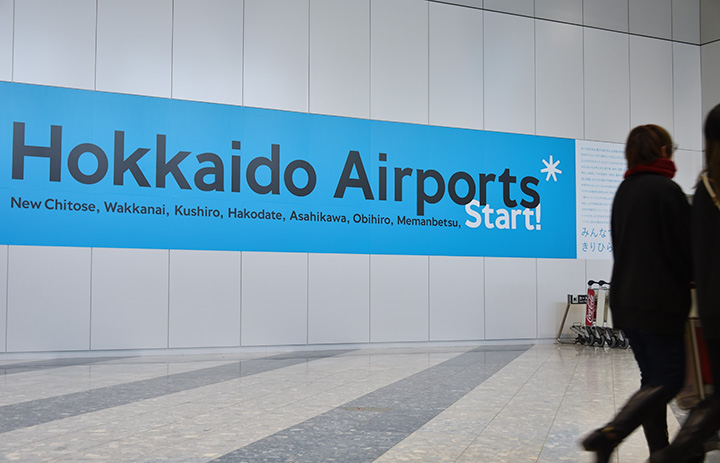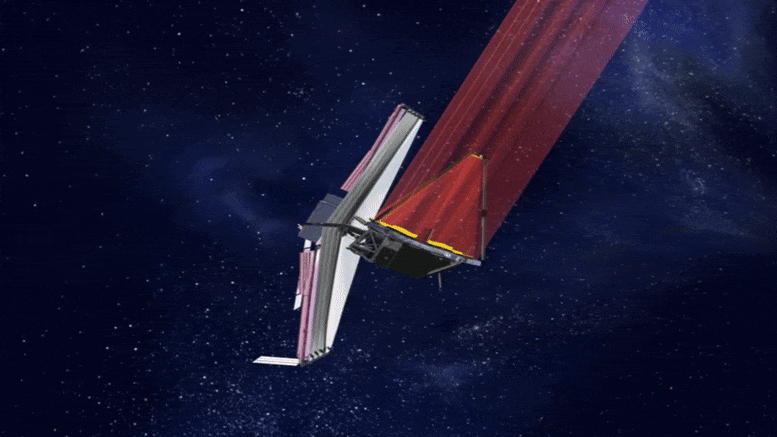WASHINGTON — Industry officials used a Senate hearing to request reforms to the Federal Aviation Administration’s launch licensing process, warning of dire commercial and geopolitical implications if changes aren’t made.
Witnesses at a hearing by the Senate Commerce Committee’s space subcommittee Oct. 18 argued that the strong growth the industry has seen in the last several years is in jeopardy because of the strain on the FAA office that regulates launches as well as the implementation of current and potential future regulations.
“The pace of American regulation must match the pace of American innovation. We are falling behind,” said Bill Gerstenmaier, vice president of build and flight reliability at SpaceX. “We are at a breaking point.”
Gerstenmaier and other witnesses called for providing the FAA’s commercial space transportation office, known as AST, with additional resources. He specifically recommended doubling AST’s budget, $37.9 million in fiscal year 2023, provided those additional resources go exclusively to the office’s licensing work.
Those additional resources and other regulatory reforms, like accelerated reviews of launch licenses, are needed to keep the company on track. Gerstenmaier said the company continued to target up to 100 launches this year — it has performed 75 so far this year, including the Starship test flight — and 144 next year.
The changes are also needed to keep its work on the lunar lander version of Starship on track. “When we have regulatory delays, such as we’re facing right now, that slows down developmental test flights and ultimately slows down our support to NASA and slows down our support for what we need to do to return humans back to the surface of the moon again,” he warned. “A continuous delay in each and every test flight adds up and, eventually, we will lose our lead and we will see China land on the moon before we do.”
The five witnesses at the hearing were united in a call for Congress to extend the “learning period” that restricts the FAA’s ability to regulate safety of spaceflight participants on commercial vehicles. That learning period, included in a 2004 law and originally intended to last eight years, has been extended several times, including a three-month extension to January 2024 that was part of a stopgap funding bill passed in late September.
The learning period was designed to give companies time to build up experience and best practices upon which regulations could be based, but the industry development was far slower than anticipated when the learning period was first enacted. Only now, witnesses argued, is the industry now gaining that experience as vehicles enter commercial service.
“We are at an inflection point. The companies here on the panel have entered commercial operations for human spaceflight,” said Sirisha Bandla, vice president of government affairs and research at Virgin Galactic. An extension of the learning period, she said, would create a transition period where industry can work with the government on what those safety regulations should look like.
There was not a firm consensus on how long the learning period should be extended, beyond that it should be several years. “About eight years is our timeline,” she said.
Wayne Monteith, a former FAA associate administrator for commercial space who is currently president and general manager of National Aerospace Solutions, suggested an alternative where Congress sets a no-earlier-than date for publication of spaceflight participant safety regulations, but delay the date any regulations become effective by at least 18 months to give Congress time to step in if there are issues.
Witnesses also criticized FAA regulations known as Part 450, finalized in 2020, intended to streamline the launch licensing process. “Recent changes to the FAA regulations have not resulted in streamlined licensing reviews,” said Caryn Schenewerk, president of CS Consulting. “Instead, Part 450 has proven more cumbersome and costly.” She noted that of the four Part 450 launch licenses issued to date, two exceeded the 180-day timeline required for the FAA to review them.
“The FAA needs a more streamlined process. To keep pace with industry, both the substance and administration of launch regulations should be improved,” said Phil Joyce, senior vice president of the New Shepard business unit at Blue Origin.
Senators at the hearing appeared open to addressing the concerns raised by witnesses. “We must address the learning period, mission authorization and other pressing matters in a way that looks ahead to the future,” said Sen. Kyrsten Sinema (I-Ariz.), chair of the subcommittee, in her opening remarks.
She and others were less specific about how to tackle those pressing matters. An extension of the learning period could be handed in the final version of an overall FAA reauthorization bill. However, increasing the budget for AST would require action by appropriators rather than the Commerce Committee.
Witnesses, like Gerstenmaier, said it was urgent for Congress to take action. In his written testimony he discussed his concerns about Part 450. “But, as AST transitions licenses for vehicles previously approved under legacy regulations to Part 450 over the next two years, the entire regulatory system is at risk of collapse,” he wrote. “AST’s workload over the next 12-24 months could result in the grounding of U.S. space launch capability if action is not taken immediately.”
Note: This article have been indexed to our site. We do not claim legitimacy, ownership or copyright of any of the content above. To see the article at original source Click Here













